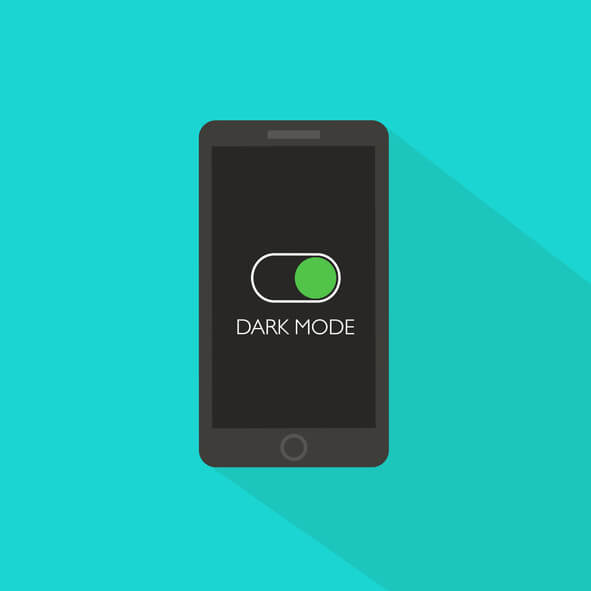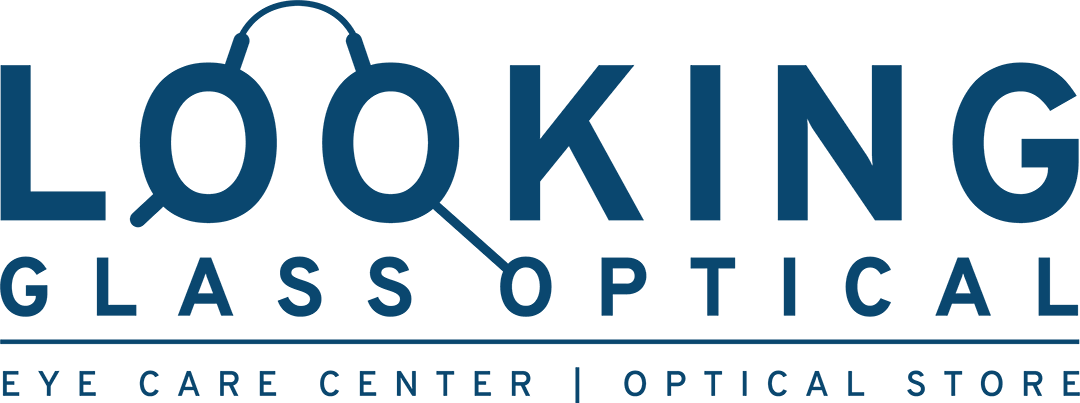This is How Dark Mode Really Affects Your Eyes
In a world of virtual learning, smartphones, and nearly round the clock access to screens, eye strain is a real thing. That is why many people prefer dark mode. This is a setting offered on many cellular devices and now browsers on desktops. Dark mode basically inverts the color schedule. This makes the text light and the background dark. The default, light mode, is dark text with white or light background. It might seem new to us, but actually, computers started out with a dark mode default. Still, many believe this will help with computer eye strain. But, does it? Let’s talk about some misconceptions.

From surveys across the internet, it estimates less than 20% of users prefer the light background on their devices.
Misconception #1: It Helps Readability
This simply is not true. Ultimately, black text on a white background is best suited for your eyes. Think about it similar to why sunglasses are recommended in the winter. Due to the reflection on light, our eyes can easily absorb white light. Our irises don’t need to open as wide (dilate) and leaves them in a more neutral position. This allows us to see with better clarity.
In contrast, dark mode makes the eyes work harder. The irises have to open wider to help absorb more light. This can actually make the white text bleed into the dark background. It gives an illusion that the text is blurry or a halation effect. Therefore, it does not help readability.
Misconception #2: It Helps Eye Strain
Honestly, this is not 100% proven or disproven. There are situations, like in low-light conditions, where dark mode can help eye strain. However, as we noted above, it doesn’t take away the fact that your eyes are still working harder. Our recommendation would be not to use dark mode for long periods of time. If necessary, yes, it is better for low-light situations. Still, if you are reading for long chunks of time, stick with light mode. Better yet, turn the lights on if you can.
Misconception #3: It Helps With Blue Light
Blue light is the big culprit when it comes to eye strain. It can cause dry eyes, headaches, and blurred vision. There have also been studies that show blue light affects your sleep cycle. And not in a good way. While dark mode does in fact help reduce blue light exposure, there is a better way. Not only through lenses can you eliminate blue light but many devices now come with a blue light filter. Go to your display settings to see if you can adjust the amount of blue light your screen emits. This is your best option, compared to dark mode, which still makes you strain your eyes.
Is Dark Mode Better for Your Eyes?
Simply put, no. Using dark mode might seem helpful and less stark. However, it doesn’t actually help your overall eyesight or eliminate factors that hurt your eyes. The only thing it is good for? Your battery life. Still, that can also greatly depend on your phone’s screen. Still, while it is a cool feature, you should stick with light mode.
If you suffer from eye strain or have difficulty working on a computer without headaches, contact your eye doctor today. This could be a sign you need blue light lenses. At Looking Glass Optical, we can help you get the glasses you need to help your eyes stay healthy. Contact us today to make an appointment.
